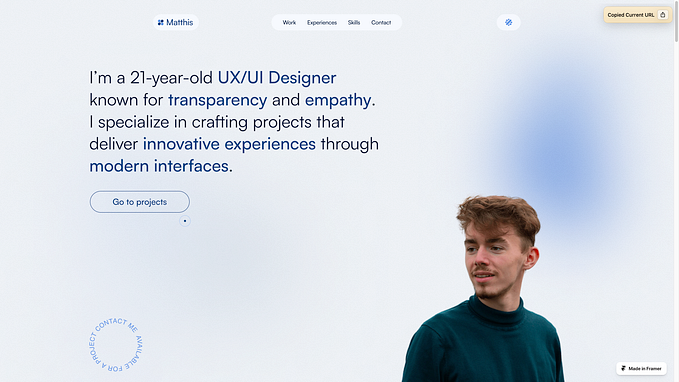Member-only story
7 classic laws of UX
A tried-and-true collection of proven principles that can help designers build better interfaces.
When people hear the word “design,” they’re often led to believe that the person serving in that role is solely responsible for creating something that looks beautiful. While aesthetics are an important aspect, UX design is about more than visual appeal. Creating great UX design requires understanding how people perceive and interact as they move throughout their journey — such that the design not only looks good, but is also:
- effective
- easy to use
- easy to learn
- efficient
- error-free
- satisfying for users
Fortunately, scientists and UX pioneers have already done much of this critical learning for us — and have formulated a set of laws that can serve as the foundation in creating winning experiences.
1. Aesthetic-Usability Effect
Can you think of a time you were conducting a usability test and explicitly observed someone struggling to complete a task — yet at the end, their only comments were about the beautiful color scheme? Instances like this are often a result of the aesthetic-usability effect.
The more visually appealing your product is, the more likely it is to be perceived by people as usable.
The Aesthetic-Usability Effect was first studied in 1995 at the Hitachi Design Center by researchers Masaaki Kurosu and Kaori Kashimura, where they concluded that users are strongly influenced by the aesthetics of any given interface, even when they try to evaluate the underlying functionality of the system.
Further, it’s important to note that since people are more likely to develop positive feelings toward an aesthetically pleasing design, they also tend to be more forgiving of minor usability issues. However, the aesthetic-usability effect also has its limits — meaning that…








